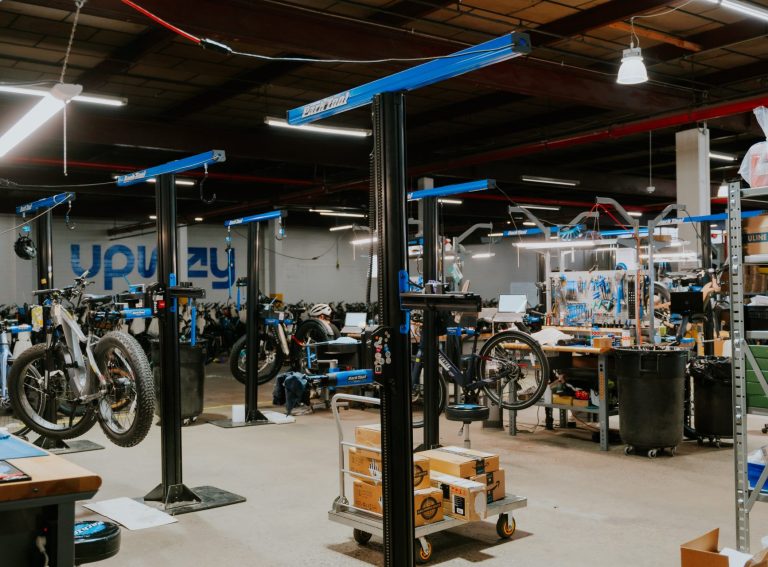There are currently 2,019 live bikesharing systems around the world.
In the next three years, an estimated 200 new tenders will be released.
When implementing private vehicles in public space, tenders are crucial to ensure the needs of the city, operator and public are met.
But Urban Sharing’s Head of Business Development Tom Nutley says they are failing to keep pace with the changing micromobility landscape which is hindering an operator’s success and ultimately preventing cities from reaching their sustainability targets.
Urban Sharing helps operators manage their micromobility fleets in cities across Norway, Canada, Spain, Italy, France and more. After working with more than 50 cities globally, Nutley says it is time for an overhaul of the tender process.
Zag Daily: You’ve worked in shared mobility since 2016. How have you seen the tender process evolve over time?
TN: “The real issue with the tender process is that it isn’t evolving. The operator, city and users make up the trifecta of shared mobility. The operator provides the service, the city regulates it and the users use and benefit from it.
“The tender process is a multistep process meant to balance the interests of these three groups, but the requirements being demanded today have barely changed in almost a decade. Since cities often lack the information on what solutions are available across hardware, software and ancillary third party services, they are copying and pasting the same requirements from past tenders or tenders from large tier one systems that aren’t applicable to smaller cities.”
Zag Daily: What is wrong with the tenders requirements specifically?
TN: “The way that permits and tenders are written is meant to get the best out of the system, but no one’s actually thinking about delivering that and operating the system that’s been requested. Looking at the tender process, there are three elements that are broken: requirements for KPIs, integrating cutting-edge tech, and revenue share requirements.
“The KPIs set do not suit the operator or the end user in their carrot or stick methodology. For example, instead of analysing the traffic patterns and usage needs, the required KPIs may dictate that there must be a bike available at every station. In reality, certain stations will experience higher usage than others, so it doesn’t make sense to expect the less frequently used stations to be serviced with the same frequency. Doing so imposes unnecessary burdens on operators.
“Cities will see cutting edge technology and demand its integration in all of their vehicles, but these features are expensive. If you want AI vision tech on every scooter, that means that the operator must charge more money to cover that integration cost which in turn means that the ridership price is going to go up, which means usage is going to go down.
“With revenue share requirements, operators are being asked to make shared mobility work without being subsidised, but now, they also want a percentage of the revenue. It’s creating a requirement that’s ultimately driving operators out of business. You can’t have every piece of the pie.”
Zag Daily: What are the long term effects of these flaws in the tender process?
TN: “Amongst operators, it becomes a race to the bottom. Inevitably, an operator will agree to stick to these agreements when they really can’t. And to be honest, it’s a lot easier to ask for forgiveness than ask for permission.
“Because micromobility is VC driven, everyone’s trying to win territory to create momentum, but they’re doing it at the cost of the system.”
Zag Daily: If tenders are no longer fit for purpose, what do you see as the solution to create a process that truly balances the needs of the trifecta?
TN: “For shared micromobility to thrive in cities, the public sector must also innovate. At the moment, cities are stifling operators. Shared mobility isn’t treated as a viable public transport mode and they don’t usually understand the industry.
“The process needs a ‘Switzerland’, someone to sit between the operators who can educate on what solutions are available across hardware, software and ancillary third party services.
“A centralised unit could make recommendations from the industry to inform them of best practices and provide insight based on experience of what makes a system work both as part of the tender process of how to do it properly, what’s available in the market, what’s classified as cutting edge, what’s the minimum requirement, etc.”
“This would not only help refine the tender process but also ensure that operators can fulfil their commitments effectively, moving beyond just winning the tender to delivering on promises made.”





